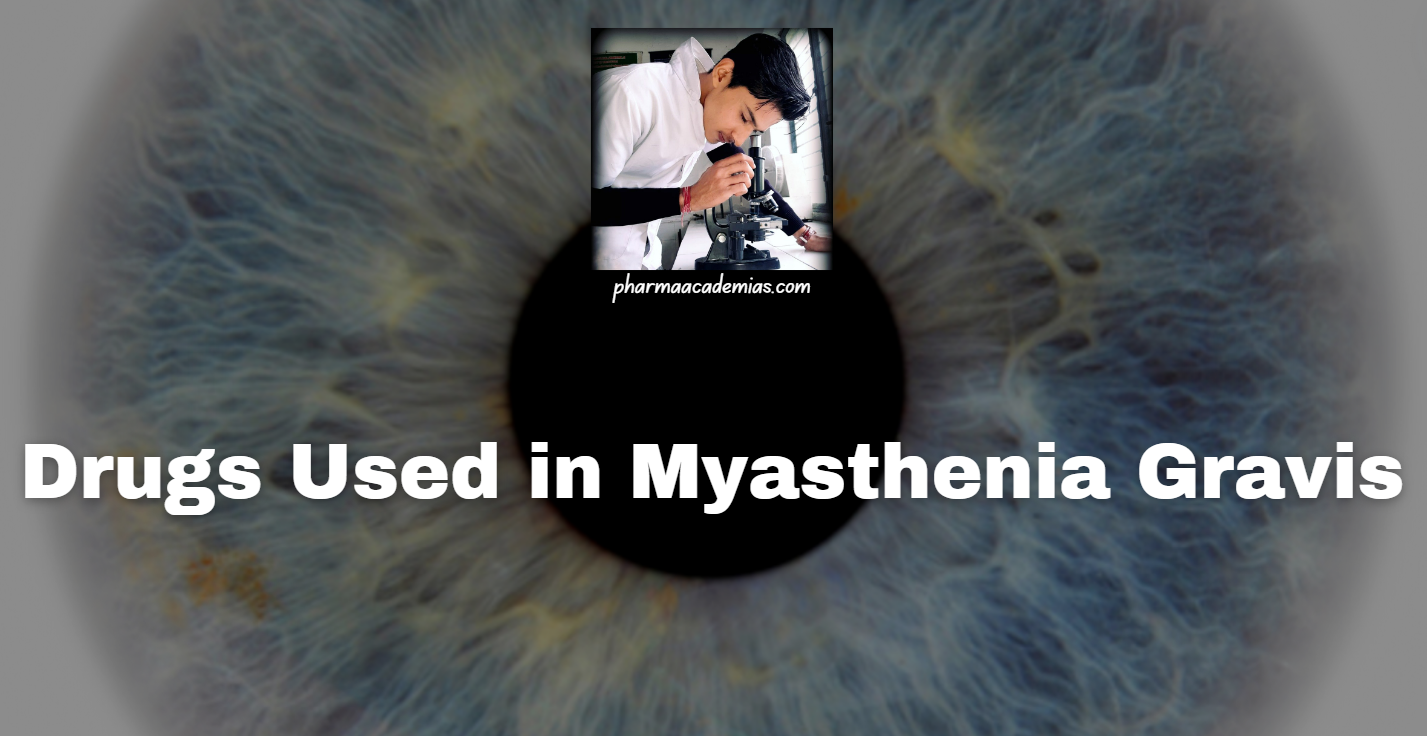Drugs Used in Glaucoma
Glaucoma refers to a group of eye disorders characterized by damage to the optic nerve, often associated with increased intraocular pressure (IOP), which can lead to vision loss and blindness if left untreated. Management of glaucoma primarily involves the use of medications aimed at lowering IOP to prevent further damage to the optic nerve. Here’s … Read more










